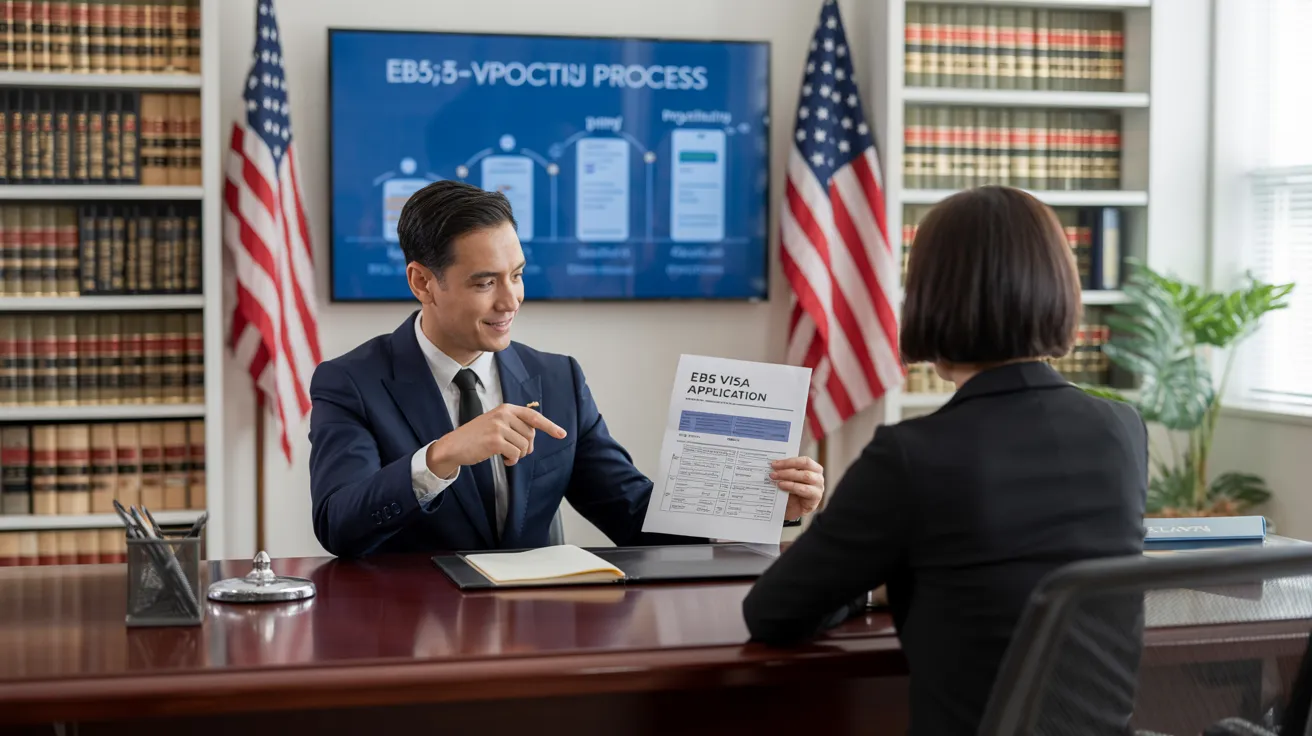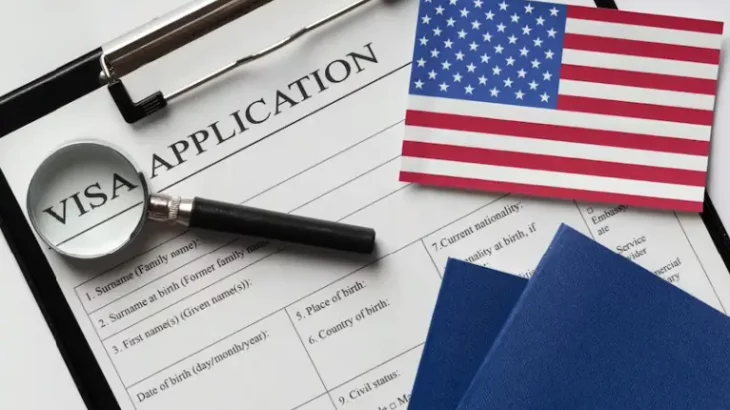Some Known Details About L1 Visa
Table of ContentsL1 Visa for DummiesThe 20-Second Trick For L1 VisaSome Known Facts About L1 Visa.Some Of L1 VisaL1 Visa Things To Know Before You Get ThisAll about L1 Visa
Available from ProQuest Dissertations & Theses Worldwide; Social Science Premium Collection. (2074816399). (PDF). Congress. (PDF). DHS Workplace of the Inspector General. (PDF). (PDF). "Nonimmigrant Visa Statistics". Recovered 2023-03-26. Division of Homeland Protection Workplace of the Examiner General, "Testimonial of Susceptabilities and Prospective Abuses of the L-1 Visa Program," "A Mainframe-Size Visa Technicality".

U.S. Division of State. Fetched 22 August 2016. "Employees paid $1.21 an hour to install Fremont technology firm's computers". The Mercury Information. 2014-10-22. Gotten 2023-02-08. Costa, Daniel (November 11, 2014). "Obscure temporary visas for foreign technology employees dispirit earnings". Capital. Tamen, Joan Fleischer (August 10, 2013). "Visa Holders Replace Employees".
The Ultimate Guide To L1 Visa
In order to be eligible for the L-1 visa, the foreign company abroad where the Recipient was employed and the united state business have to have a certifying relationship at the time of the transfer. The different types of certifying partnerships are: 1. Parent-Subsidiary: The Parent means a company, firm, or other lawful entity which has subsidiaries that it owns and regulates."Subsidiary" suggests a company, corporation, or various other legal entity of which a moms and dad has, directly or indirectly, even more than 50% of the entity, OR possesses much less than 50% but has management control of the entity.
Instance 1: Company A is integrated in France and employs the Recipient. Business B is incorporated in the U.S. and intends to seek the Recipient. Company A has 100% of the shares of Business B.Company A is the Parent and Firm B is a subsidiary. There is a qualifying partnership between the 2 companies and Company B must be able to fund the Beneficiary.
Firm A has 40% of Business B. The staying 60% is possessed and regulated by Business C, which has no relation to Firm A.Since Company A and B do not have a parent-subsidiary relationship, Company A can not fund the Recipient for L-1.
Business A possesses 40% of Business B. The staying 60% is possessed by Company C, which has no connection to Firm A. Nevertheless, Business A, by formal arrangement, controls and full handles Business B.Since Company A has much less than 50% of Firm B however takes care of and manages the business, there is a certifying parent-subsidiary partnership and Company A can sponsor the Recipient for L-1.
Examine This Report on L1 Visa
Affiliate: An associate is 1 of 2 subsidiaries thar are both possessed and managed by the same parent or individual, or had and managed by the exact same group of individuals, in primarily the same proportions. a. Instance 1: Company A is included in Ghana and employs the Beneficiary. Firm B is integrated in the united state
Company C, also included in Ghana, possesses 100% of Business A and 100% of Business B.Therefore, Firm A and Firm B are "affiliates" or sister business and a certifying relationship exists between both companies. Business B should get started have the ability to sponsor the Beneficiary. b. Example 2: Firm A is incorporated in the united state
Firm A is 60% had by Mrs. Smith, 20% possessed by Mr. Doe, and 20% possessed by Ms. Brown. Firm B is included in Colombia and presently utilizes the Recipient. Company B is 65% possessed by Mrs. Smith, 15% possessed by Mr. Doe, and 20% possessed by Ms. Brown. Company A and Business B are affiliates and have a certifying partnership in two various methods: Mrs.
The L-1 visa is an employment-based visa group established by Congress in 1970, allowing multinational firms to transfer their managers, execs, or crucial employees to their U.S. operations. It is generally described as the intracompany transferee visa. There are two major kinds of L-1 visas: L-1A and L-1B. These types are appropriate for employees employed in different positions within a business.

In addition, the recipient needs to have operated in a supervisory, executive, or specialized employee position for one year within the three years coming before the L-1A application in the foreign business. For brand-new workplace applications, international work has to have remained in a supervisory or executive ability if the beneficiary is coming to the United States to work as a supervisor or exec.
Some Known Questions About L1 Visa.

If granted for a united state business operational for more than one year, the preliminary L-1B visa is for up to three years and can be expanded for an additional 2 years (L1 Visa). Conversely, if the U.S. company is freshly developed or has been functional for much less than one year, the preliminary L-1B visa is issued for one year, with extensions offered in two-year increments
The L-1 visa is an employment-based visa category developed by Congress in 1970, permitting multinational business to move their managers, executives, or essential employees to their united state procedures. It is commonly described as the intracompany transferee visa. There are 2 main types of L-1 visas: L-1A and L-1B. These kinds appropriate for staff members hired in various settings within a firm.
The Ultimate Guide To L1 Visa
In addition, the beneficiary must have functioned in a supervisory, exec, or specialized staff member placement for one year within the 3 years coming before the L-1A application in the foreign business. For brand-new workplace applications, international employment must have been in a managerial or executive ability if the recipient is concerning the United States to function as a manager or executive.
for as much as 7 years to oversee the procedures of the U.S. associate as L1 Visa guide an exec or manager. If released for an U.S. company that has been functional for greater than one year, the L-1A visa is initially approved for up to three years and can be expanded in two-year increments.
If granted for a united state business operational for more than one year, the first L-1B visa is for approximately three years and can be prolonged for an added 2 years. On the other hand, if the U.S. company L1 Visa requirements is freshly developed or has actually been operational for less than one year, the initial L-1B visa is released for one year, with extensions offered in two-year increments.
Comments on “L1 Visa Info”